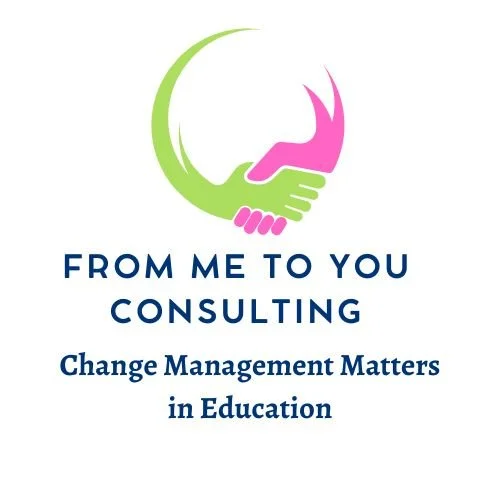Blog Four
Ever have problems due to poor communication? Two-way communication is essential to the success of every initiative taken in any industry. It is vital to the change management process in education. Read more to learn why this simple strategy is important.
Sign up to read this post
Join Now
